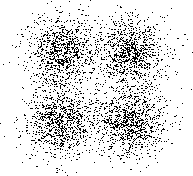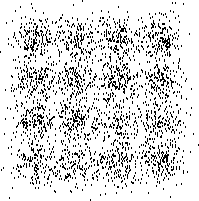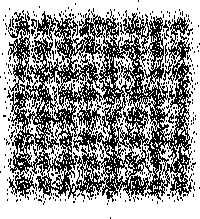
 |
JPL's Wireless Communication Reference WebsiteChapter: Network Concepts and Standards
|
Contributed by Paul G.M. de Bot and Flavio Daffara
One can modulate one complex symbol in each time slot on each useful carrier. These symbols are elements of a symbol set. If we put all the symbols of a symbol set in a complex plane, we obtain what is called the signal constellation. Typically, a signal constellation contains M = 2^m signal points, which means that each symbol carries m bits of information. Hence, M should be large to obtain a large transmission rate. On the other hand if M is large, the required signal-to-noise ratio to obtain a desired error rate is also large. The choice of a signal constellation is made according to a trade-off between transmission rate and required signal-to-noise ratio.
For Digital Terrestrial Television Broadcasting, DTTB, usually three modulation schemes are considered; 4-PSK (or 4-QAM), 16-QAM and 64-QAM, with M = 4, 16 and 64, respectively. To obtain a sufficiently low error rate for these modulation schemes we need signal-to-noise ratios (E_s/N_0) on the order of 6 dB, 12 and 18 dB and dB, respectively.

Figure: 4-QAM signal constellation with AWGN at E_s/N_0 = 6 dB.

Figure: 16-QAM signal constellation with AWGN at E_s/N_0 = 12 dB.

Figure: 64-QAM signal constellation with AWGN at E_s/N_0 = 18 dB.
The bits are usually mapped into the constellation points using Gray mapping. In this case, an error event will cause a minimum number of bit errors.